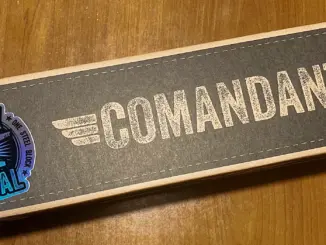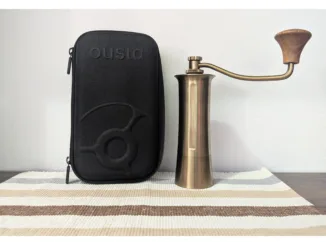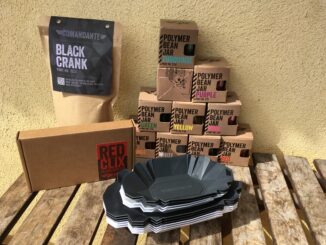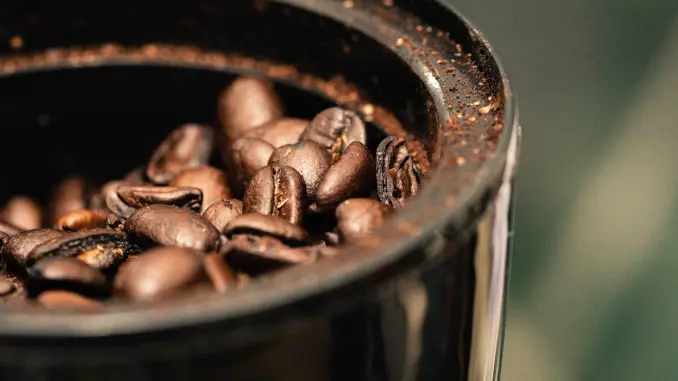
What is grind retention, what issues does it cause, and how are coffee-grinder manufacturers addressing these problems?
BY YKER VALERIO
BARISTA MAGAZINE ONLINE
Featured photo by Dan Smedley via Unsplash
Grind retention is a frequent topic of discussion among coffee professionals, influencers, and online communities. To learn more about this issue and how it is being addressed, we reached out to professionals from Niche Coffee, Eureka, and DF64 Coffee, who share their thoughts below.
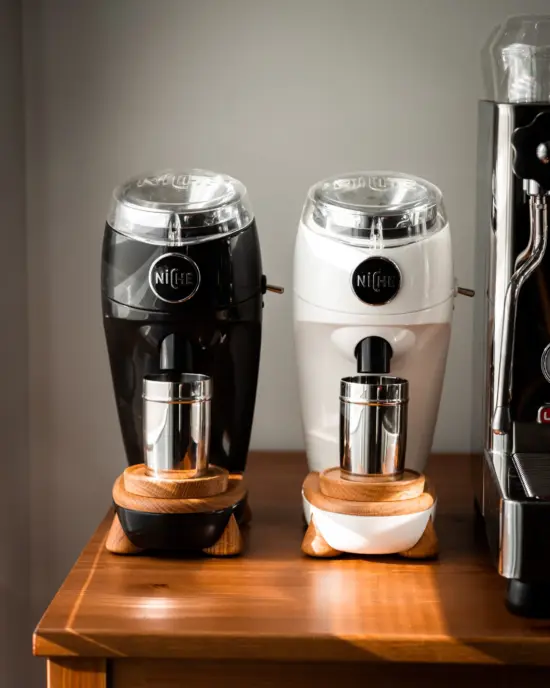
Grind Retention: Is It a Problem?
“Grind retention refers to the amount of coffee grounds that remain in a coffee grinder after it has been used,” according to Anna from DF64.
Niche Coffee explains, on the other hand, that low grind retention is important for several reasons. “Firstly, (a) retained grind goes stale (a lot like bread). So you can imagine if half a gram of your 18g dose is withheld in the grinder, then the next time you grind, you are (using) a half gram of the old stale grind in your next coffee (which won’t taste very nice).“
“Additionally,“ Anna says, “if you go from a coarse setting to a fine setting (or vice versa), then any retained grind will be the wrong grind size for your next brew.”
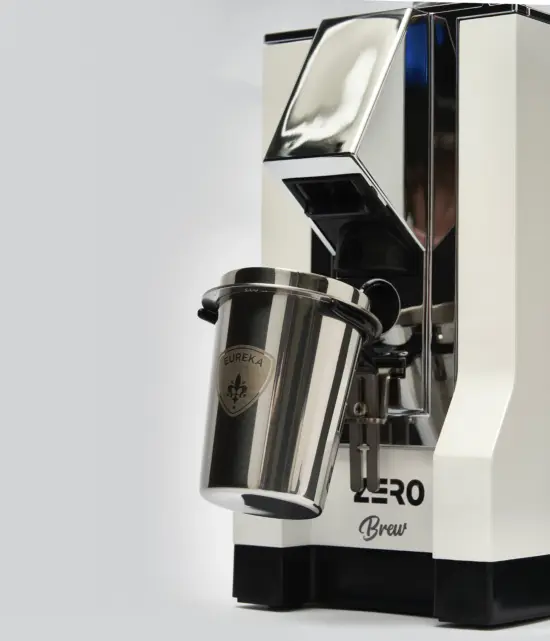
How Low-Grind-Retention Grinders Work
Low-grind-retention grinders are specially designed to reduce retention. Niche Coffee’s solution for grind retention? ”Lack of empty space in the grinder for grounds to get caught in and a straight-through grind path,” the company shares.
Anna explains that the DF64 solution considers three factors: “static reduction, improved burr design, and enhanced cleaning mechanisms.” To deal with static electricity, designers incorporate anti-static materials, coatings, or features into the grinder. This will help minimize static buildup, Anna says.
Moreover, burr design may reduce grind retention by “implementing sharper burrs, tighter tolerances, or modifications to burr geometry,” she adds.
Finally, Anna says grinders with “easily removable parts, accessible grind chambers, or built-in cleaning cycles” can help users clean their grinders quickly and easily.
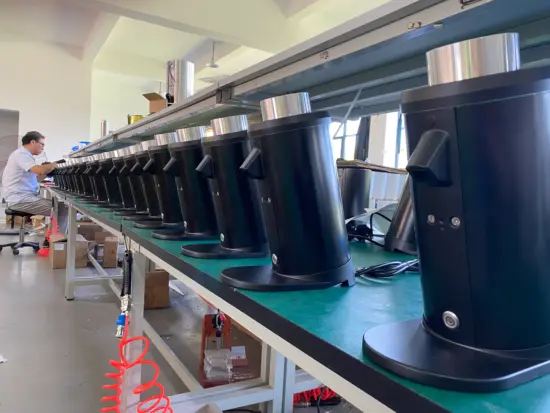
Are Low-Retention Grinders Suitable for Cafés?
Single dosing is more important for home baristas than for commercial settings. In this regard, Niche Coffee claims that “grind retention is definitely more important for single dosing. If you are grinding one grind at a time, you want as little retention as possible so your grind is fresh and what you put in is what you get out.”
Anna from DF64 Coffee claims that grind retention is ”generally more relevant for single dosing, where users grind only the amount of coffee needed for each brew. In single-dosing scenarios, any retained grounds left in the grinder can have a more significant impact on the resulting brew, as they may alter the coffee-to-water ratio and extraction dynamics.”
On the other hand, commercial settings regularly require grinding in large volumes. Nonetheless, the Eureka marketing team says, “There are a number of reasons why both coffee shops and home brewers use single dosing, but chief among them is a focus on preserving freshness and more precise measurements.”
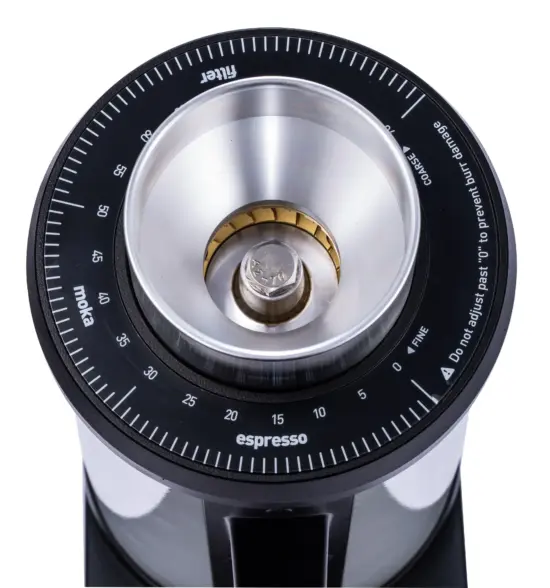
How to Deal with Grind Retention
It’s common to hear discussions about 3D-printed accessories and improved design solutions to reduce grind retention. In this regard, Anna from DF64 shares some recommendations.
First, she advises regular cleaning, which helps “to remove any accumulated coffee grounds. This can involve disassembling removable parts, such as the hopper, burrs, or grind chamber, and cleaning them thoroughly,” explains Anna. Eureka also recommends regular cleaning. “Keeping the coffee chute clean, as much as possible, prevents electrostatic phenomena generated during the grinding process, causing the coffee to ’attract’ itself,” the company shares.
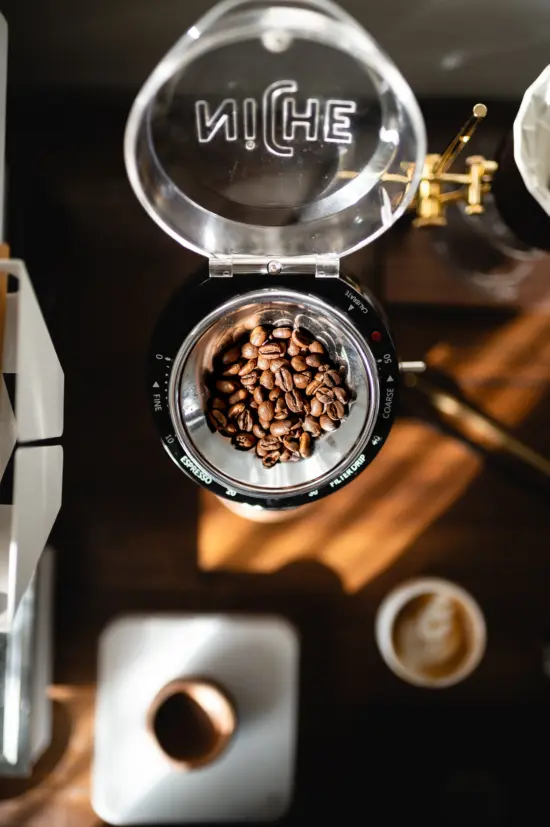
The second recommendation is brushing and purging, which requires using ”a dedicated grinder brush or a soft brush to dislodge any residual grounds from the burrs, chute, and other areas. After brushing, run the grinder briefly without coffee beans to purge any loosened particles,” advises Anna.
Third, she recommends changing grind adjustments and testing. “After cleaning, adjust the grind settings to a coarser setting, and run a small amount of coffee through the grinder to ensure any remaining stale grounds are cleared out,” she says.
Finally, performing periodic maintenance tasks recommended by the manufacturer should help reduce retention, according to Anna.
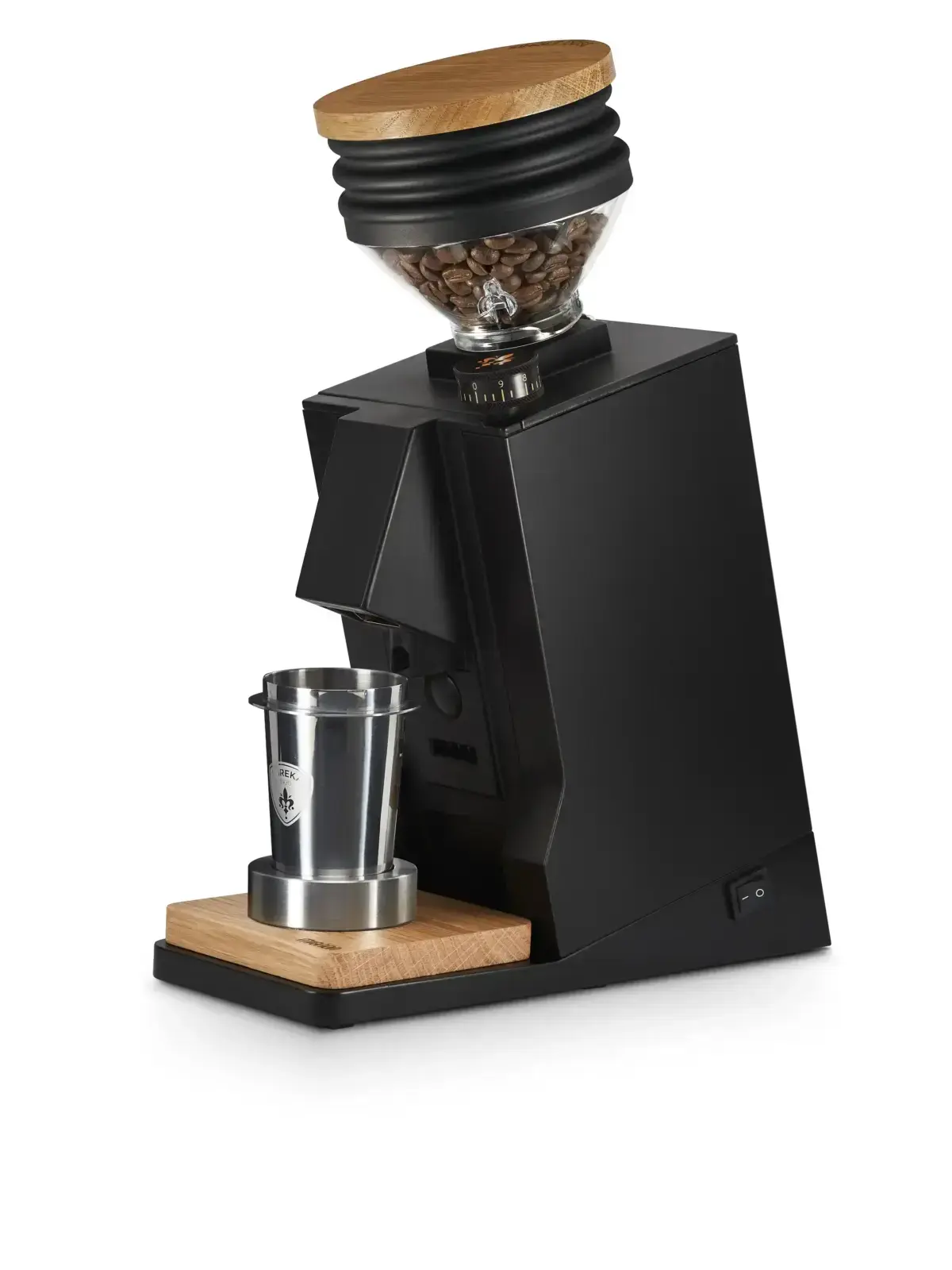
Niche Coffee, on the other hand, says that “one of the most common techniques is to use a bellows, which forces air through the grinder and pushes out any retained grind. This does help reduce retention, but also pushes (the) grind where it doesn’t usually get.”
Dealing with grind retention can definitely lead to innovation for single dosing. Moreover, learning about good design solutions and maintenance tasks is useful for picking a grinder and servicing it properly.
ABOUT THE AUTHOR
Yker Valerio (he/him) is a Venezuelan blogger and freelance writer based in Caracas, working to bridge the gap between curious coffee enthusiasts, industry experts, and specialty coffee professionals. At the same time, Yker is advancing his career as a senior HR manager.
READ THE LATEST BARISTA MAGAZINE
Out now: It’s the June + July 2023 issue of Barista Magazine featuring Martin Shabaya of Kenya on the cover. Read it for free with our digital edition. Get your Barista Magazine delivered; start a subscription today! Visit our online store to renew your subscription or order back issues.



